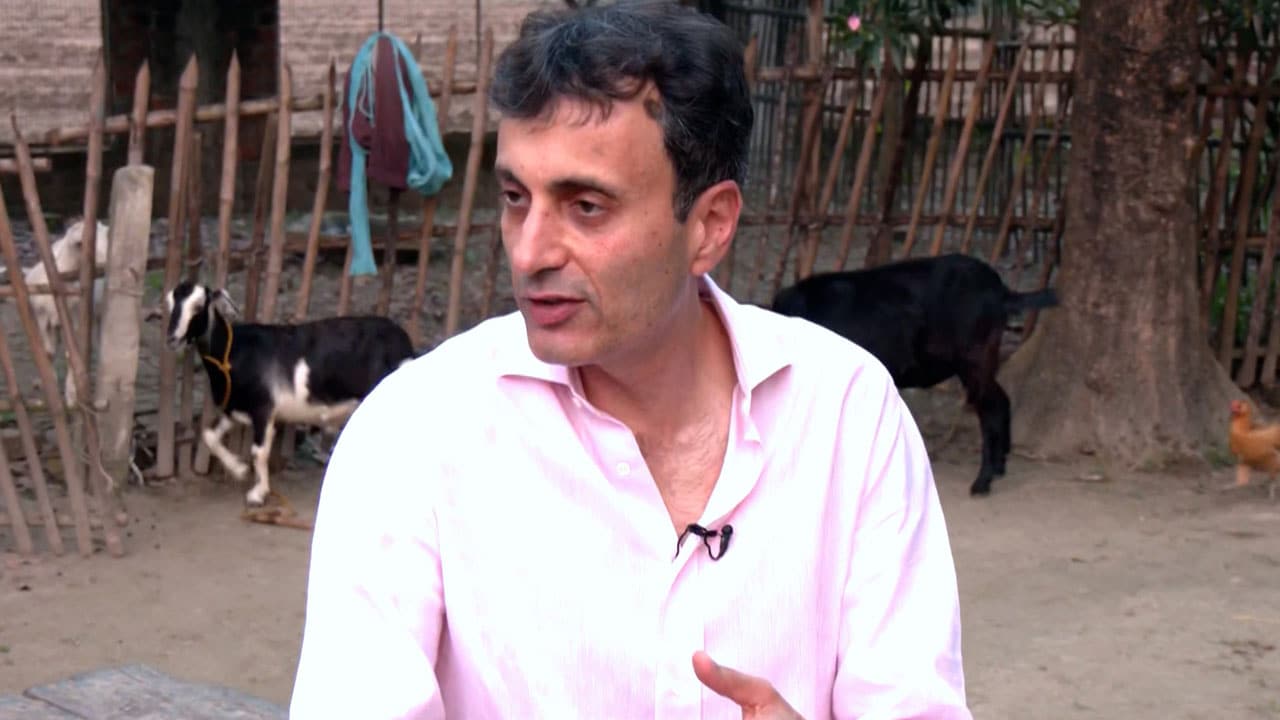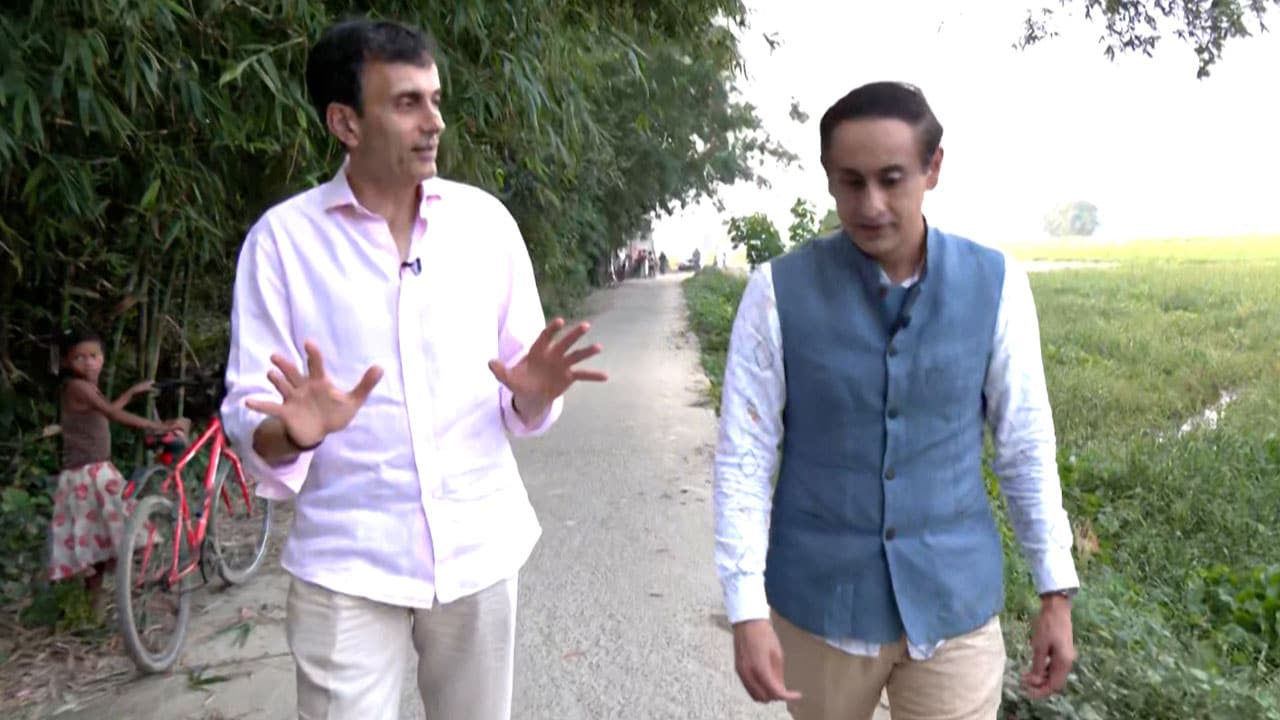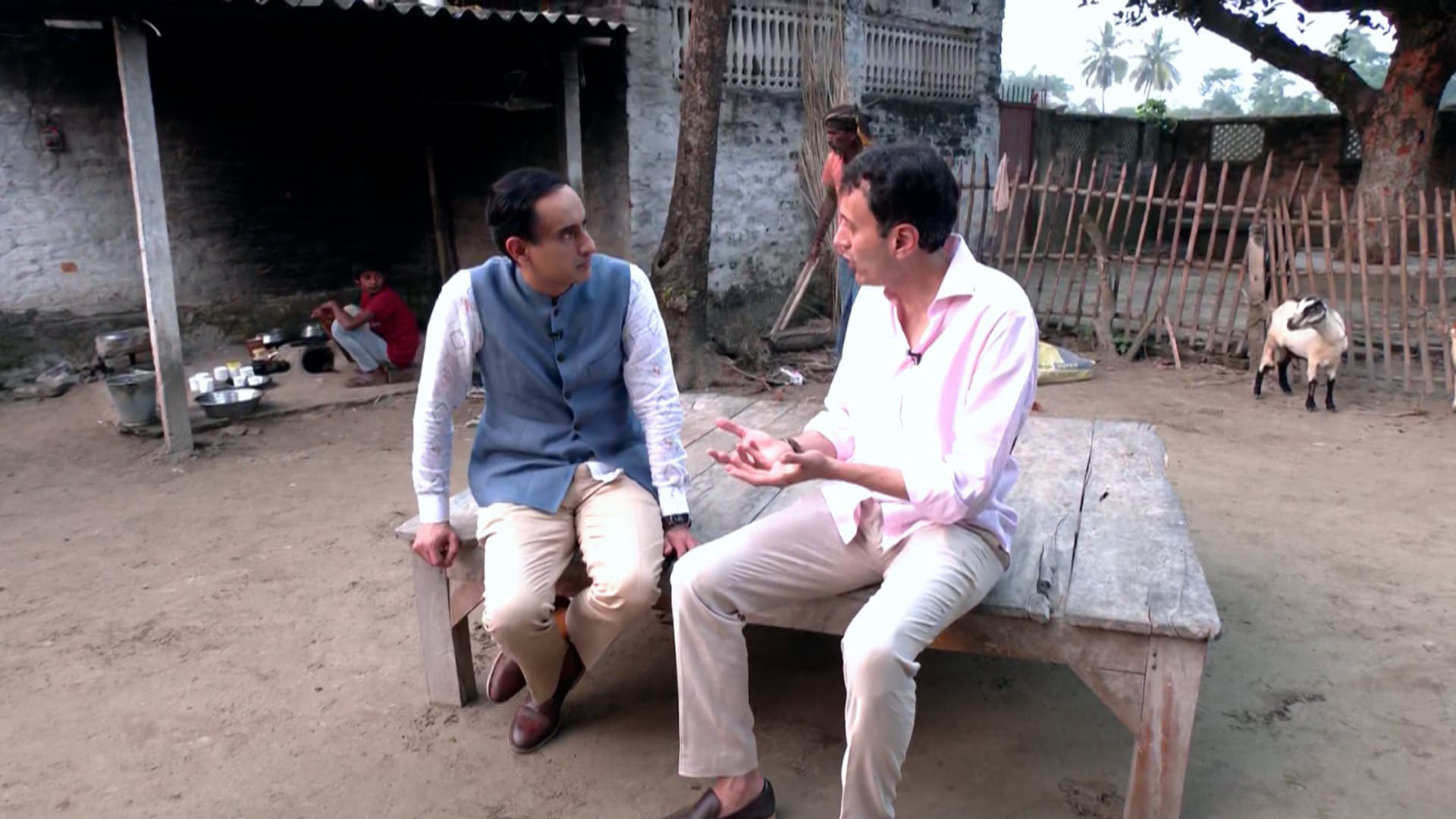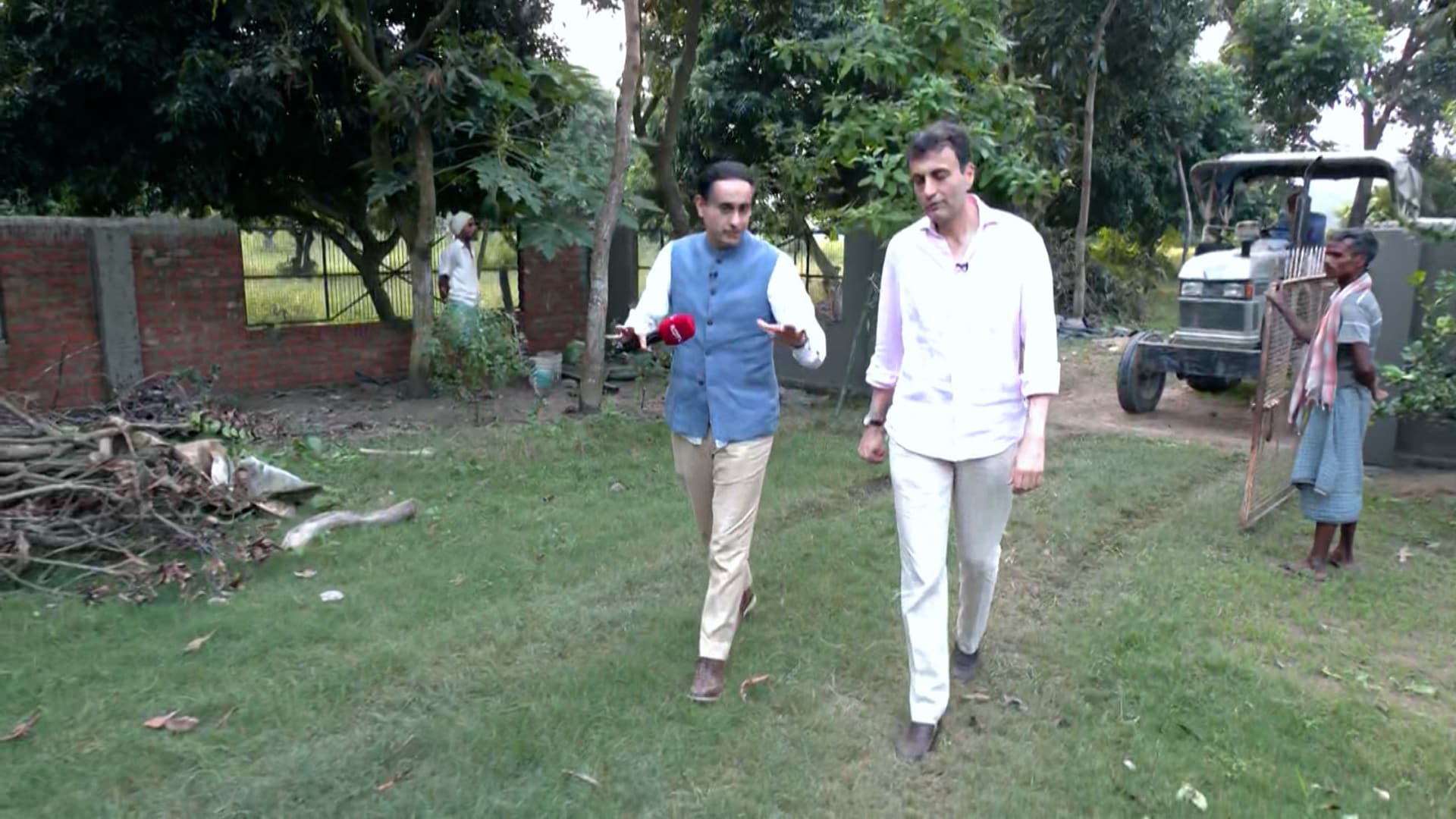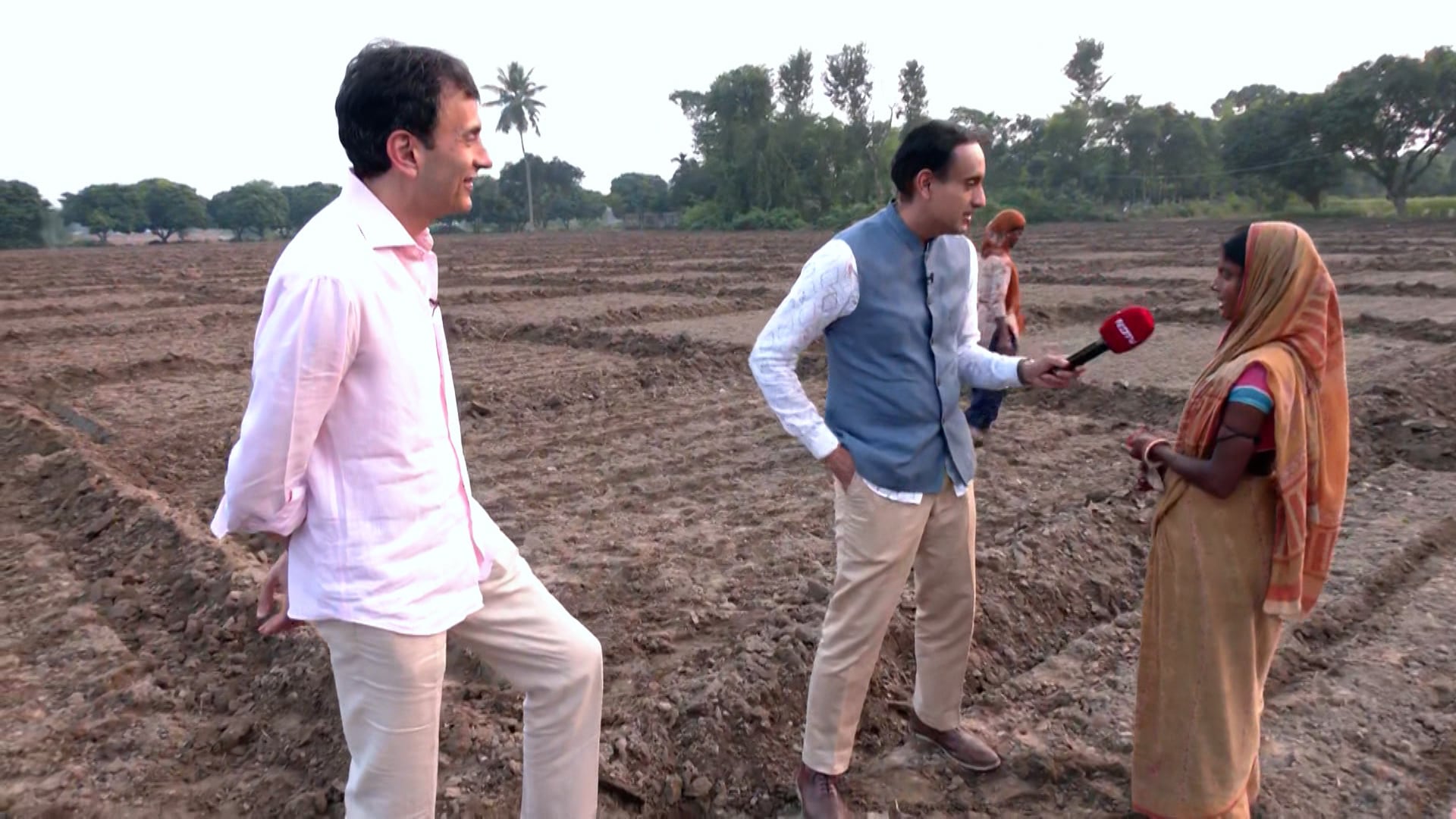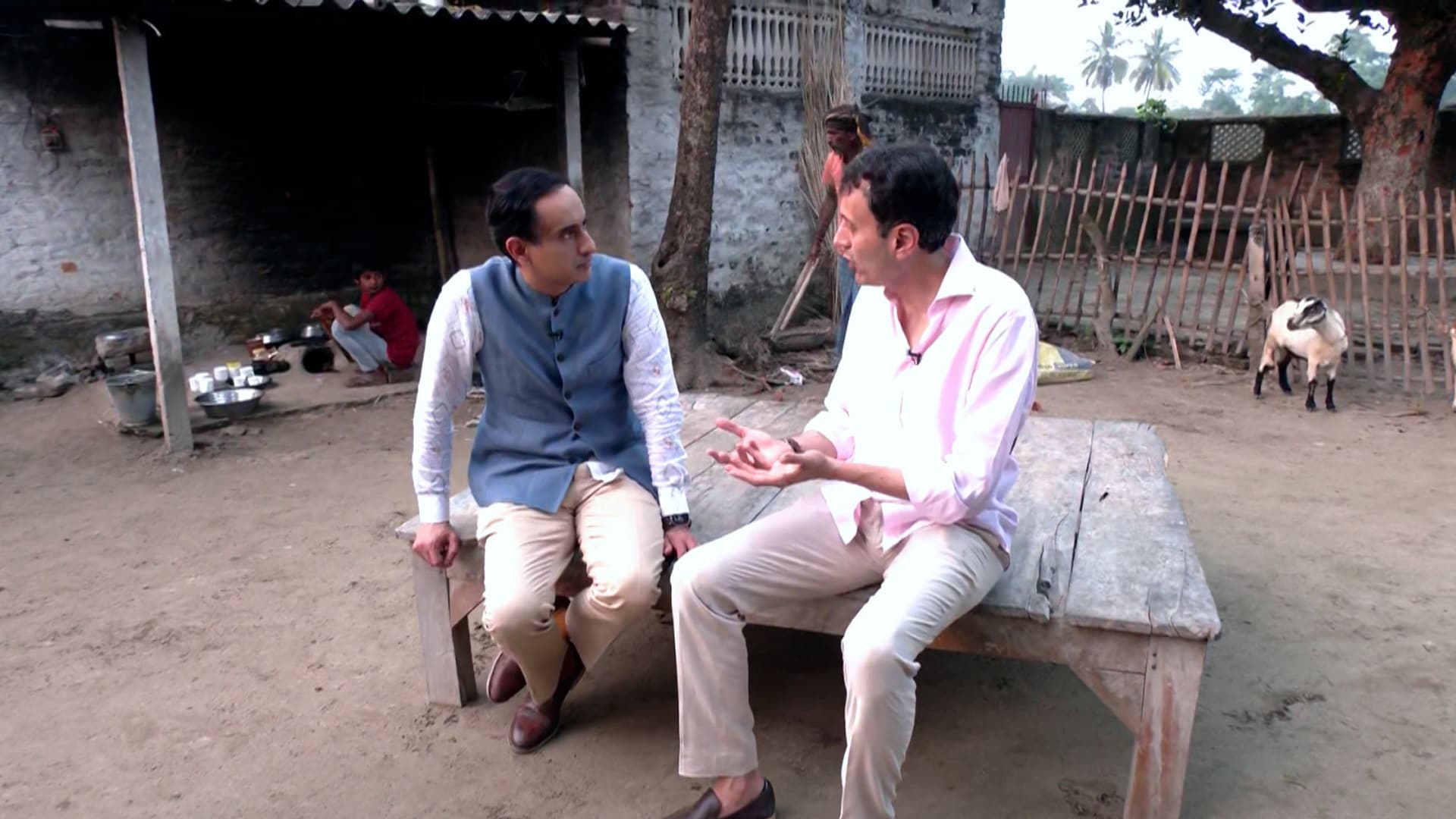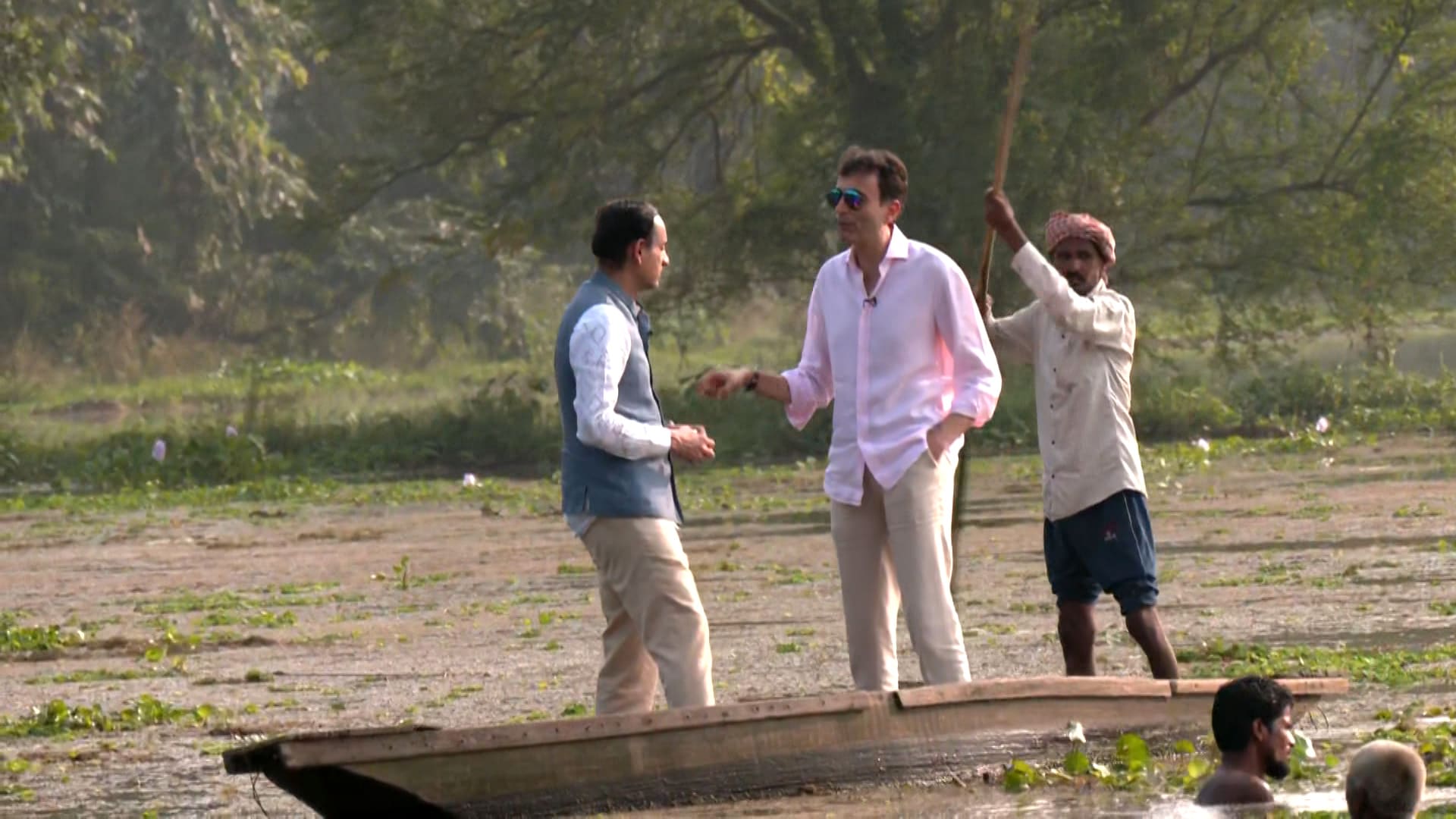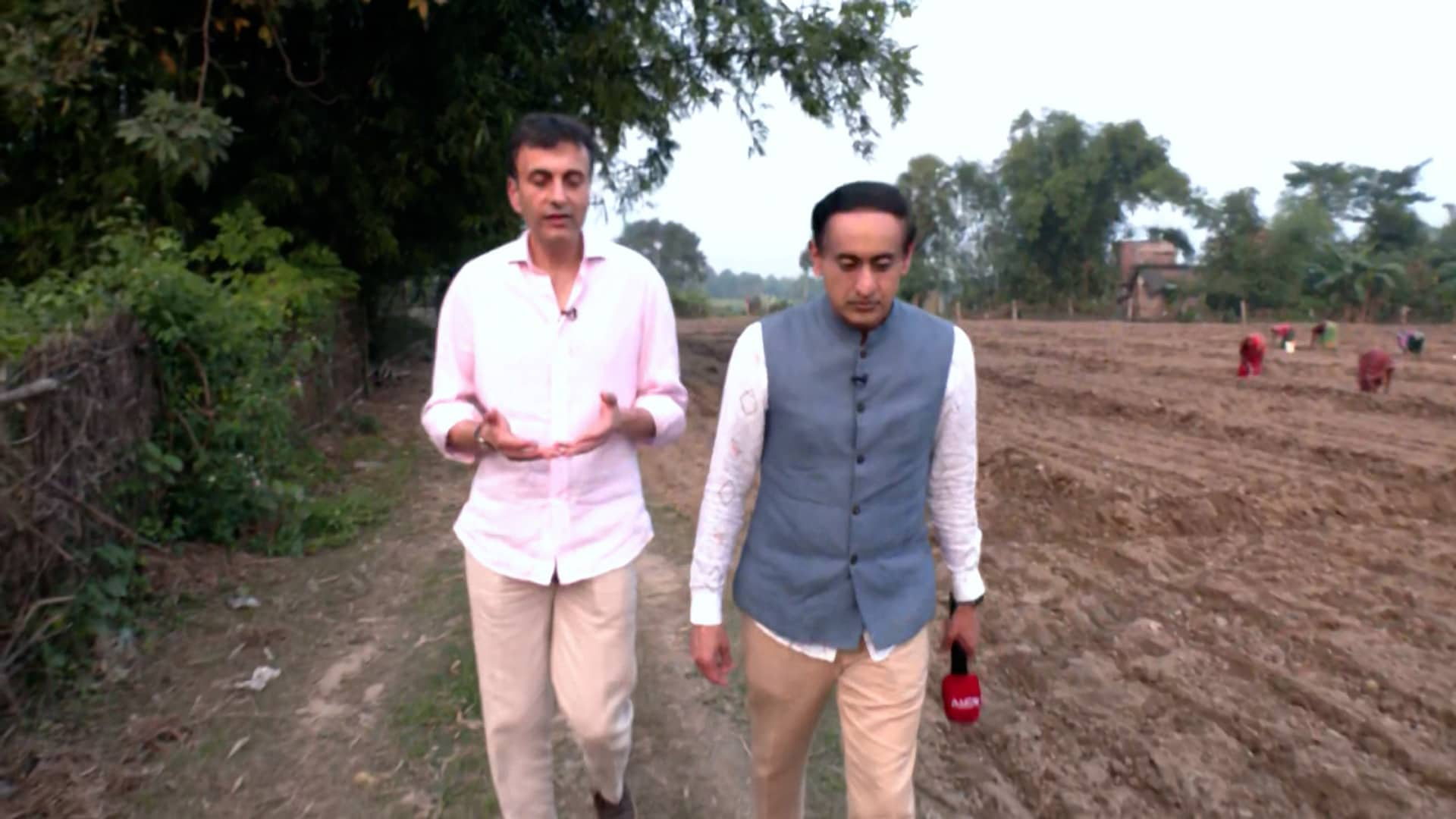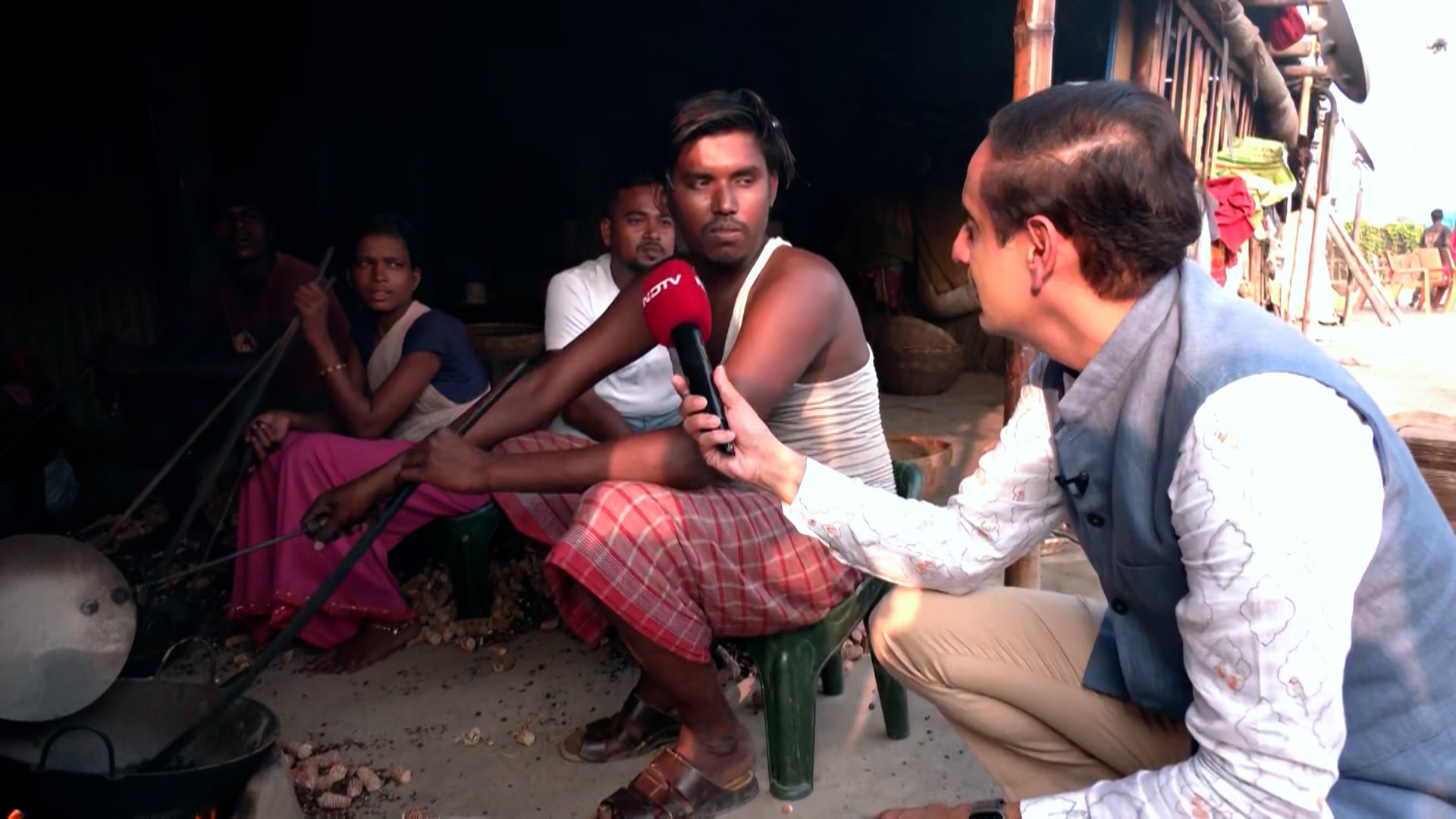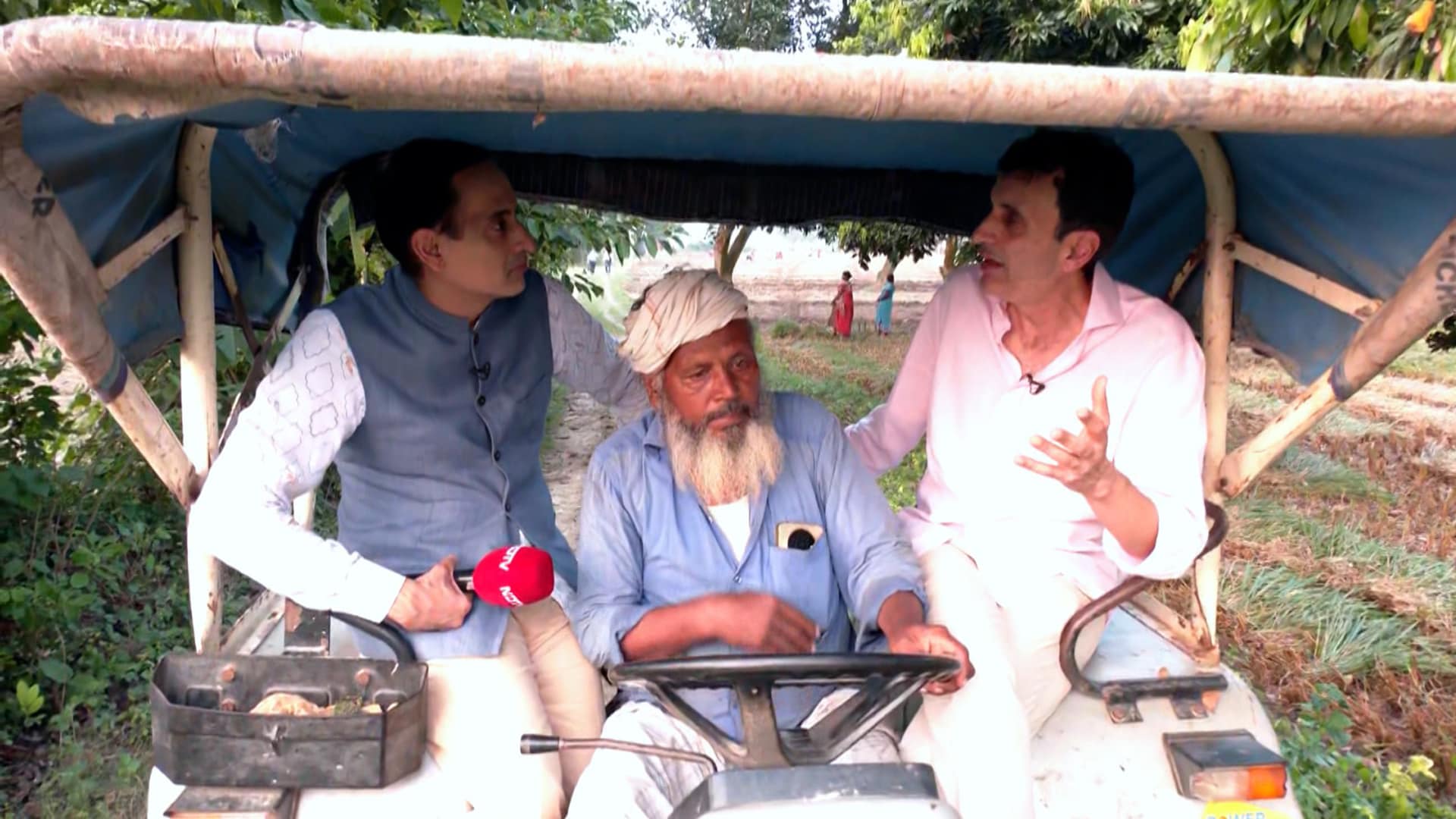home
videos
Shows
ndtv-special-ndtv-24x7-
Prannoy Roy And Ruchir Sharma Discuss India's Economic Progress
Prannoy Roy And Ruchir Sharma Discuss India's Economic Progress
Global investor and author Ruchir Sharma discussed the story of the 75-year-old Indian economy with NDTV's Prannoy Roy. He said, "Compared to the rest of the world, India is no richer now than it was before independence, but it is on the upswing".
Here are the highlights of Prannoy Roy's conversation with Ruchir Sharma:
The progress of India's economy so far:

We started at rank six and we are currently at rank six. India's development path has been reshaped. 60s, 70s a terrible time for India. We reentered the development phase from 1980s.
The per capita income as compared to the rest of the world:

It's v-shaped, which shows we have bounced back. We are where we were at the origin data. The story about per capita income, single most economic criteria of a country's success, has been more telling.
We are back in the global race. India's income per capita has risen and it's global ranking has been rising.

We have made a significant progress and big rebound in the 75 years of its history.
China's comeback far more spectacular:

In 1990s, new cities were created in China, a boom was there. The number of cities that came up were impressive.
In India's case, in any rural area, only 10 percent has come from some other district. The migration is very low, which is not the case in China.
It's very hard to do what China did but we can still emulate.
Life expectancy so far:


On many indicators, our growth has been impressive, on others, it's comparable to others and on some it's a bit less.
Progress so far in education:

India's progress in economic freedom.

We are still economically unfree as compared to other countries. So, according to the data, the more richer a country becomes, more is the economic freedom.
India's stock market:

India's stock market has seen many winners:

The number of new billionaires we have in India has also gone up.
Government keeps losing value:

Government-ownership has gone down from 15 per cent to 5 per cent in the market. The government and taxpayers have lost wealth because ownership has gone down in stock market.
India's billionaire boom - 3rd largest in the world:

Of these 140, more than 110 are new billionaires. India has created more than 110 billionaires in the last decade and many of them are from manufacturing, healthcare and technology sectors, which India needs. It's a very encouraging picture.
The journey of the rupee:

Rupee has fallen by Rs 75 over the last 75 years. Today, the rupee is on a very cheap and competitive space.
Where Are We Heading:
High growth story disappearing:

There are hardly any countries with 7 per cent growth. The peak was in 2007, when several countries were growing at a rate of more than 7 per cent, now there are hardly any.
Reasons of the growth slowdown: The 4Ds

These 4Ds are factors which are lowering growth every year.
India's population growth declining:

Other populations are declining faster than China:

Female labour participation:

Getting women participate in our labour will change the growth rate of our country.
New criteria of economic success: India will do well to sustain 5 per cent growth:

Sustaining high growth: India has done well so far

India on track to be the 3rd largest economy in 10 years:

Going by these baselines, India will become the third largest economy by 2032.
How long will it take for India to double its income per capita:

India's inflation performance improving:

We are better off now as we were ten years ago if we compare to the other countries. India has an inflation issue but it is very much the issue of the rest of the world.
Where is the stock market headed:

The Indian stock trend is well above its long-term trend. If it gets more domestic investors, if it gets more investors, the return could be higher but assuming that trends will grow by 8 per cent in 10 years.
Competitive value of the rupee:

Rupee today is very competitive which should be good for our exports.
India is digitising faster than the world:

Leakages less because of digitisation:

India has pro-incumbency:

Takeaways:


Here are the highlights of Prannoy Roy's conversation with Ruchir Sharma:
The progress of India's economy so far:

We started at rank six and we are currently at rank six. India's development path has been reshaped. 60s, 70s a terrible time for India. We reentered the development phase from 1980s.
The per capita income as compared to the rest of the world:

It's v-shaped, which shows we have bounced back. We are where we were at the origin data. The story about per capita income, single most economic criteria of a country's success, has been more telling.
We are back in the global race. India's income per capita has risen and it's global ranking has been rising.

We have made a significant progress and big rebound in the 75 years of its history.
China's comeback far more spectacular:

In 1990s, new cities were created in China, a boom was there. The number of cities that came up were impressive.
In India's case, in any rural area, only 10 percent has come from some other district. The migration is very low, which is not the case in China.
It's very hard to do what China did but we can still emulate.
Life expectancy so far:


On many indicators, our growth has been impressive, on others, it's comparable to others and on some it's a bit less.
Progress so far in education:

India's progress in economic freedom.

We are still economically unfree as compared to other countries. So, according to the data, the more richer a country becomes, more is the economic freedom.
India's stock market:

India's stock market has seen many winners:

The number of new billionaires we have in India has also gone up.
Government keeps losing value:

Government-ownership has gone down from 15 per cent to 5 per cent in the market. The government and taxpayers have lost wealth because ownership has gone down in stock market.
India's billionaire boom - 3rd largest in the world:

Of these 140, more than 110 are new billionaires. India has created more than 110 billionaires in the last decade and many of them are from manufacturing, healthcare and technology sectors, which India needs. It's a very encouraging picture.
The journey of the rupee:

Rupee has fallen by Rs 75 over the last 75 years. Today, the rupee is on a very cheap and competitive space.
Where Are We Heading:
High growth story disappearing:

There are hardly any countries with 7 per cent growth. The peak was in 2007, when several countries were growing at a rate of more than 7 per cent, now there are hardly any.
Reasons of the growth slowdown: The 4Ds

These 4Ds are factors which are lowering growth every year.
India's population growth declining:

Other populations are declining faster than China:

Female labour participation:

Getting women participate in our labour will change the growth rate of our country.
New criteria of economic success: India will do well to sustain 5 per cent growth:

Sustaining high growth: India has done well so far

India on track to be the 3rd largest economy in 10 years:

Going by these baselines, India will become the third largest economy by 2032.
How long will it take for India to double its income per capita:

India's inflation performance improving:

We are better off now as we were ten years ago if we compare to the other countries. India has an inflation issue but it is very much the issue of the rest of the world.
Where is the stock market headed:

The Indian stock trend is well above its long-term trend. If it gets more domestic investors, if it gets more investors, the return could be higher but assuming that trends will grow by 8 per cent in 10 years.
Competitive value of the rupee:

Rupee today is very competitive which should be good for our exports.
India is digitising faster than the world:

Leakages less because of digitisation:

India has pro-incumbency:

Takeaways:


